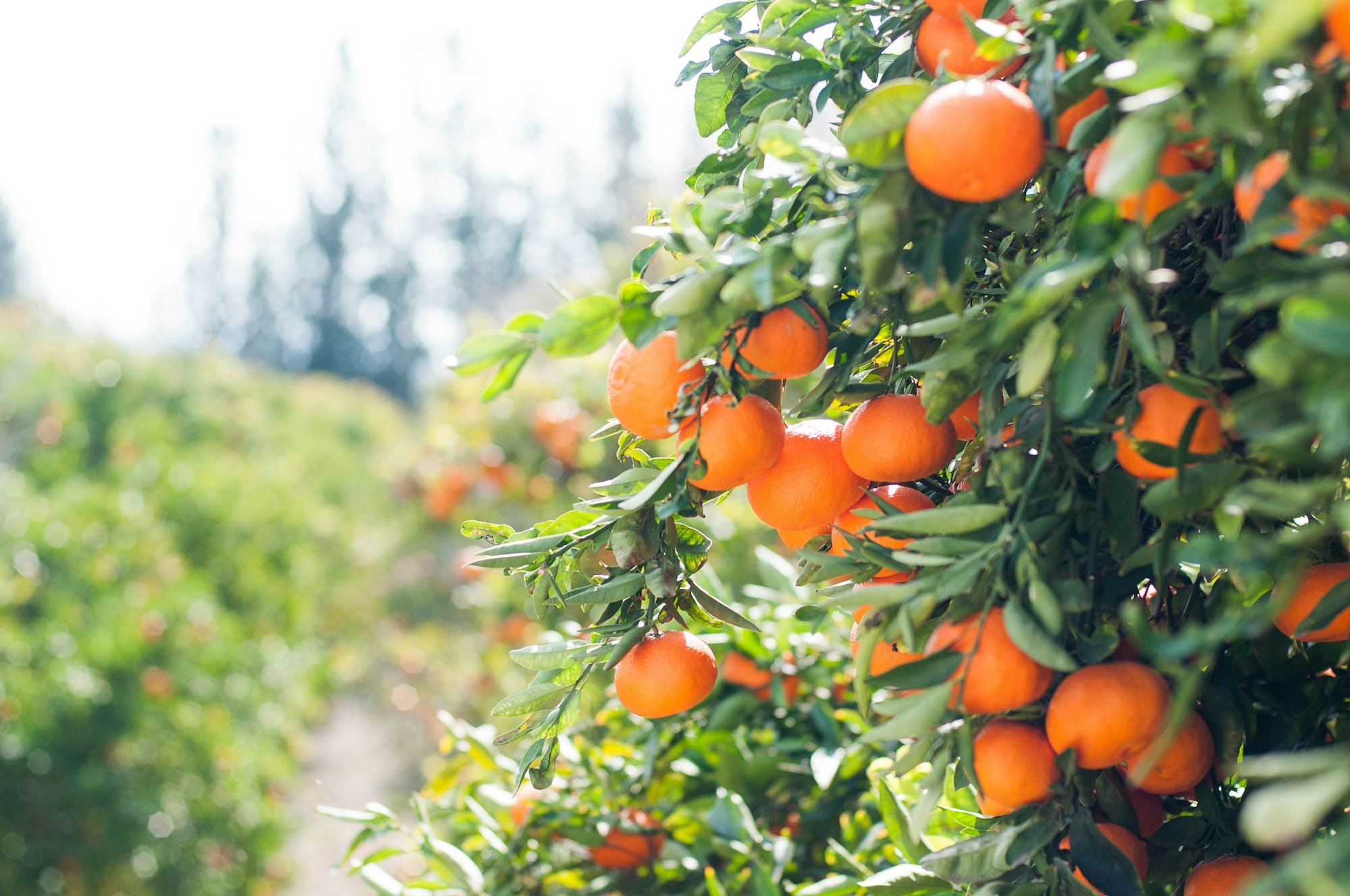How to protect fruit trees for winter?

Fruit trees are a beautiful addition to any landscape and can provide delicious fruits for years to come. However, in order to survive the winter, fruit trees need a little extra care. With some simple steps, you can protect your fruit trees from winter damage and keep them healthy and productive for years to come.
What are fruit trees?
Fruit trees are deciduous trees that bear fruits. These fruits can be eaten fresh, used in recipes, or canned and preserved for later use. Common types of fruit trees include apple, pear, peach, and plum trees.
What do fruit trees need to survive winter?
Fruit trees need a few things to survive winter: pruning, wrapping, mulching, watering, and fertilizing.
How can you protect your fruit trees from winter damage?
There are a few things you can do to protect your fruit trees from winter damage. Pruning your trees properly will help them to withstand the cold winter weather. Wrapping your trees with burlap or plastic will help to protect them from the elements. Applying mulch around the base of your trees will help to insulate the roots and prevent heaving. Watering your trees regularly throughout the winter will help to keep them from drying out. And finally, fertilizing your trees in the spring will help them to produce a bountiful crop of fruit.
Pruning your fruit trees
Pruning your fruit trees is an important step in preparing them for winter. Pruning helps to remove dead and damaged branches, which can provide shelter for pests and diseases. Pruning also helps to encourage new growth, which is important for the health of your trees. When pruning your trees, be sure to use sharp, clean pruning shears. Make sure to make your cuts at a 45-degree angle, about ¼ inch above a bud.
Wrapping your fruit trees
Wrapping your fruit trees is another important step in preparing them for winter. Wrapping helps to protect your trees from the elements, including the wind, snow, and ice. Burlap is a good option for wrapping, as it is breathable and will allow your trees to still receive some sunlight. Plastic is another option, but be sure to remove it in the spring so that your trees can get the sunlight and air they need.
Applying mulch to your fruit trees
Applying mulch around the base of your fruit trees is a great way to insulate the roots and prevent heaving. Mulch also helps to keep the roots cool in the summer and warm in the winter. Be sure to use a thick layer of mulch, about 4 inches deep. Mulch can be made from a variety of materials, including straw, leaves, wood chips, or shredded bark.
Watering your fruit trees
Watering your fruit trees regularly throughout the winter is important to keep them from drying out. The roots of your trees need to stay moist in order to survive the winter. Be sure to water your trees deeply, about once a week. If the ground is frozen, you can water your trees by submerging a hose in a bucket of hot water and placing the hose at the base of the tree.
Fertilizing your fruit trees
Fertilizing your fruit trees in the spring will help them to produce a bountiful crop of fruit. Be sure to use a fertilizer that is specifically designed for fruit trees. Apply the fertilizer according to the manufacturer’s instructions.
Inspecting your fruit trees for pests and diseases
Inspecting your fruit trees for pests and diseases is an important part of winter care. Look for signs of pests, such as holes in the leaves or branches, or for signs of diseases, such as discolored leaves or branches. If you find any problems, be sure to treat them immediately.
Conclusion
Taking care of your fruit trees in the winter is important to ensure a bountiful crop of fruit in the spring. With some simple steps, you can protect your fruit trees from winter damage and keep them healthy and productive for years to come.
